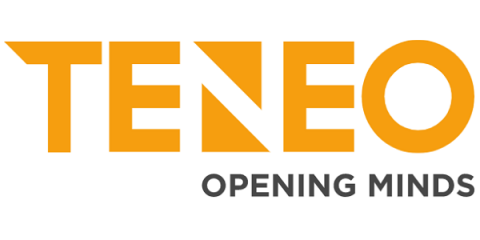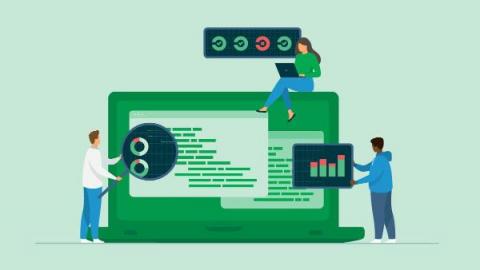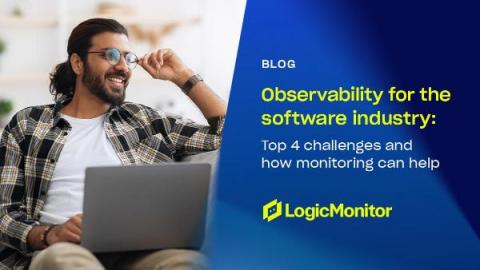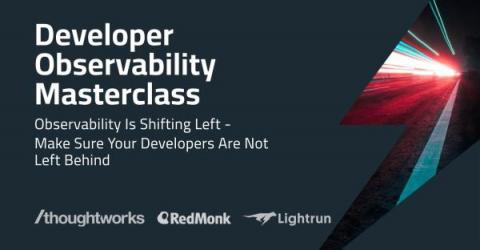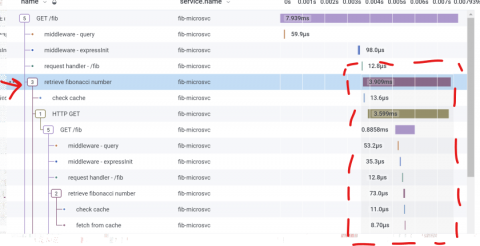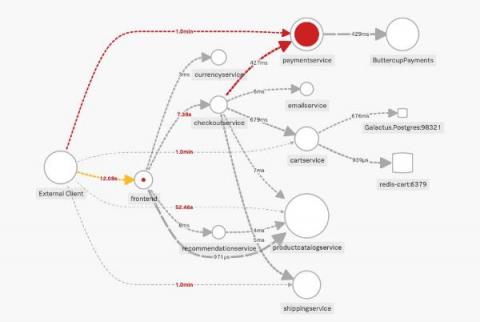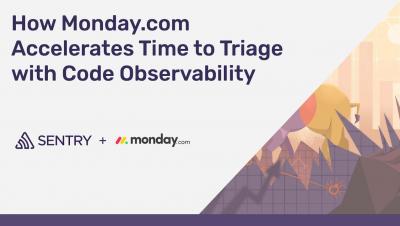Observability vs Visibility - what's the difference?
Observability is a new term that’s slowly entered the mainstream over the last two years. Today it’s used in the context of monitoring, but it’s much more than that. And it also goes way beyond visibility. So, in this blog, we set out to explore observability vs visibility and find out, what’s the difference? In a recent podcast, our friends at Riverbed neatly explained that seeing and observing are two different things, and can be compared to hearing vs listening.


